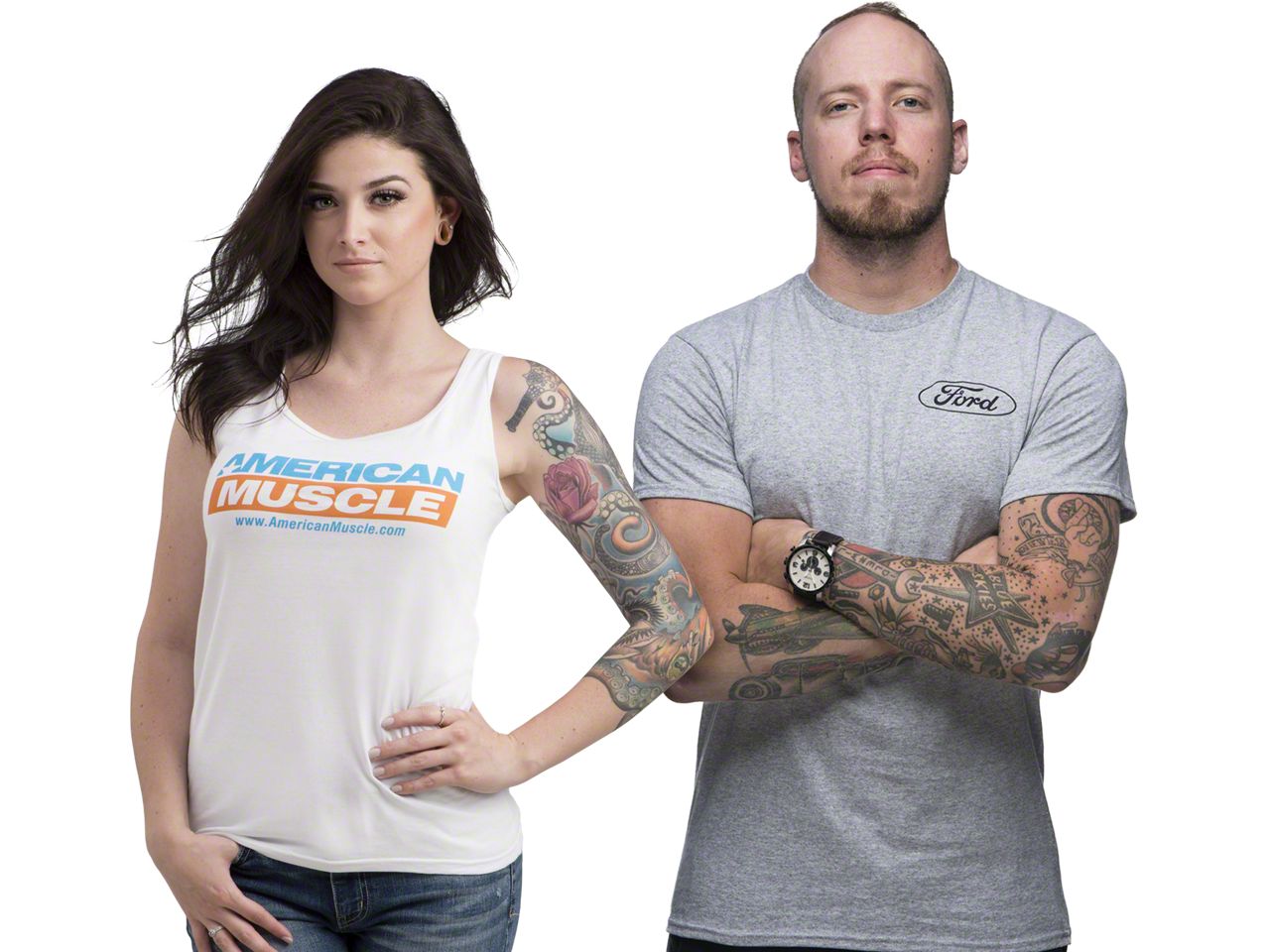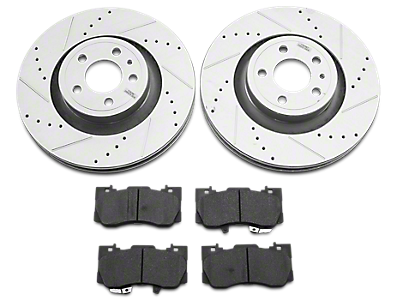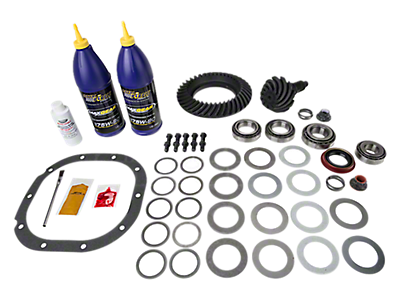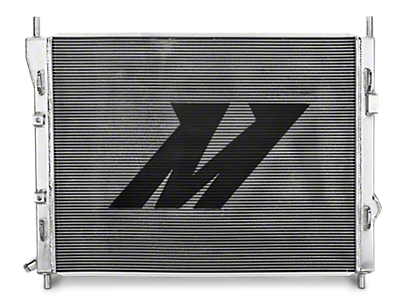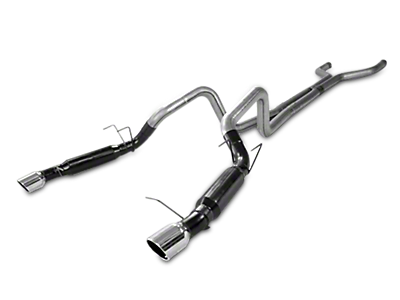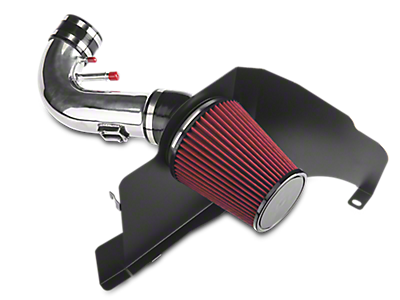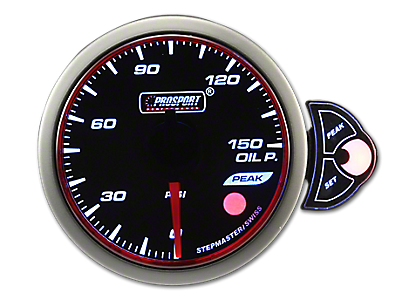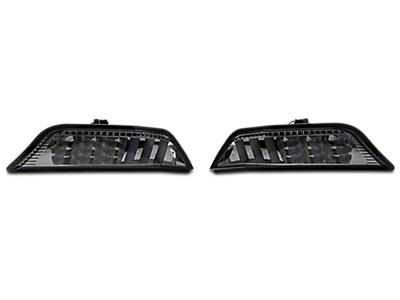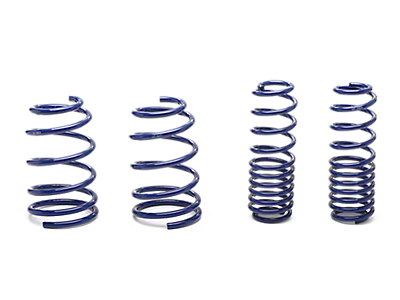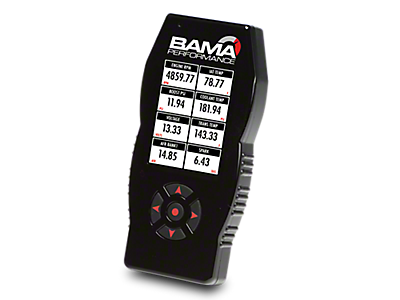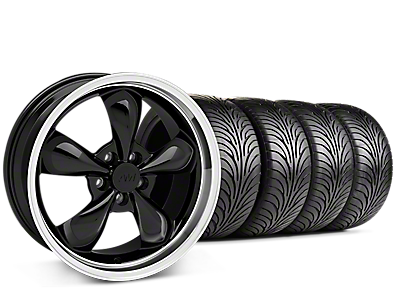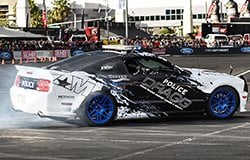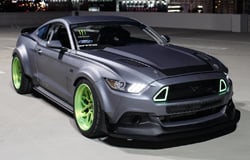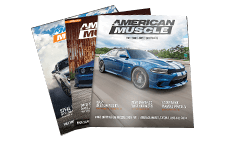2012 Dodge Charger
The 2012 Dodge Charger, now in its second year of the seventh generation, is a great performing full-size family sedan. Base chargers, equipped with a 3.5L PentaStar V6 engine, now get an upgraded 8-speed automatic transmission that not only improves fuel economy but also shaves a bit off the 0-60 MPH time. The 5.7L Hemi returns as the standard R/T V8 engine of choice, rated at 370 horsepower and 395 lb-ft of torque. Dodge has made AWD an option now for all cars, excluding the SRT8. Having just mentioned it there, a focal point for the 2012 Charger is the re-introduction of the SRT8 models into the lineup. This package outfits Chargers with a potent 470 horsepower 6.4L Hemi V8, an aggressive gloss black front grille, 4" exhaust tips and functional vent hoods.
Reinvigorated Handling
The factory bushings found throughout the 2012 Charger are all made from rubber, which is ideal for ride comfort and absorbing vibration. That said, they are a wear item and once worn can facilitate a lot of clunk and squeaking noises from both the front and back of the car. Replacing them all with a good quality set of aftermarket front and rear bushings will help eliminate these annoying sounds and actually tighten up how the Charger rides.
- Eliminate squeaks and clunks
- Decrease ride harshness
- Restore handling
Aftermarket bushings are primarily made of urethane, which is a firmer, more rigid material as compared to the factory rubber pieces. As such, going through the car and replacing the bushings found in the control arms, end links, front subframe, rear control arms and subframe (in particular the rear subframe, Chargers are known to wear these bushings quickly and suffer from it) will not only restore handling but actually slightly improve it. Being a stiffer bushing, they will deflect less under the same loads and there help to keep everything planted. For what look like a bunch of moderately sized grommets, installation of aftermarket bushings will actually have a substantial impact.
Big Brake Stopping Power
Big brake kits - super cars use them, and so can a 2012 Dodge Charger. This upgrade is targeted at R/T models, which have V8 power but still use a single or dual-piston brake caliper and a 13.5" rotor. The big brake kits available for the 2012 Charger are engineered as a bolt-on package, meaning they install right onto the factory spindle without any interference with suspension components. They provide upsized rotors, either 14" or 15" in diameter, that are slotted or cross-drilled, or a combination of both. Both rotor techniques are intended to reduce heat. Cross-drilling provides a lesser rotating mass and will be easier to cool. Slotting the rotors provides a channel for gases produced during braking to easily escape, again helping with keeping things cool. In order to work with a rotor that big, these kits comes with massive new calipers that feature 4-6 pistons. This means the braking surface is vastly increased, and the pressure and be more evenly distributed. The result is a braking system that still works with factory ABS and traction control, but significantly reduces deceleration distances and is considerably more impervious to brake fade. With all that explained, it is important to note that many of the big brake kit manufacturers do specify a minimum wheel size needed in order to clear the new calipers and rotors (generally the minimum wheel size is 18").

